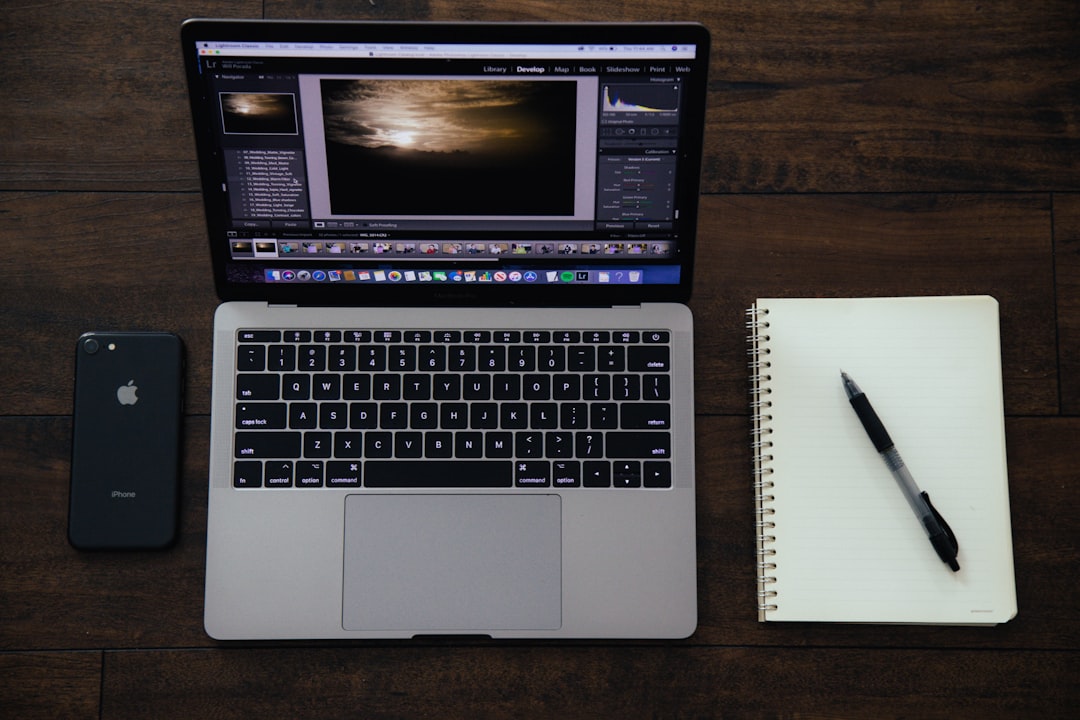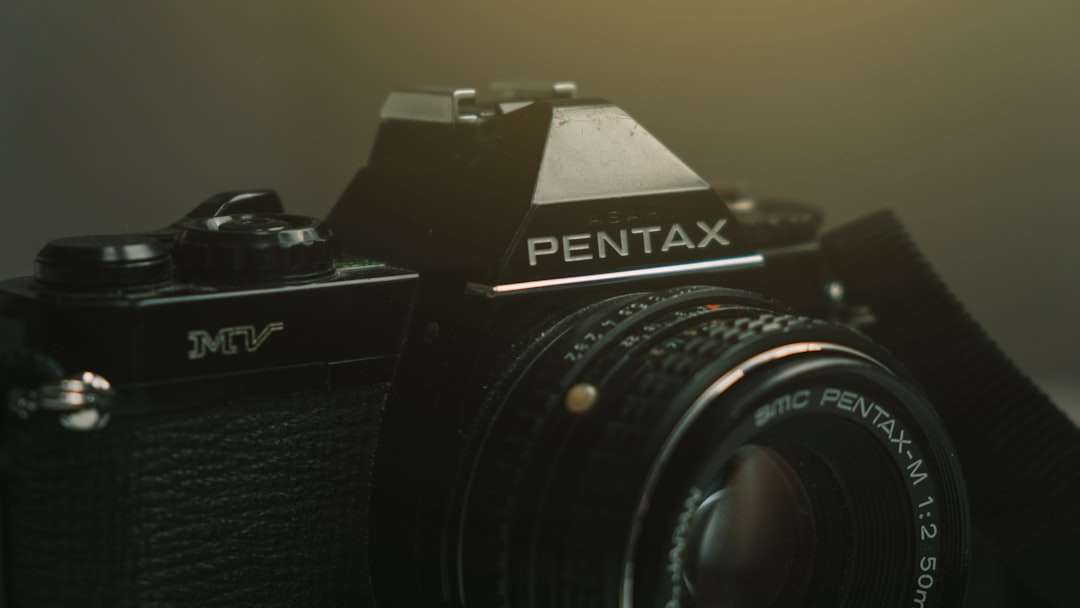In the world of video editing and post-production, maintaining flexibility during the creative process is essential. This is where non-destructive editing techniques come into play, allowing editors to make adjustments and revisions without permanently altering the original footage. Within this realm, tools like masks, adjustment layers, and proxies stand out as vital components that empower creators to work efficiently and creatively. These features are crucial not just for professional editors, but also for amateurs aiming to achieve professional-grade results.
Understanding Non-Destructive Editing
Non-destructive editing refers to any process that doesn’t permanently overwrite or alter the original media file. Instead, changes are made on a separate layer, file, or effect that can be modified or undone at any time. This methodology is invaluable for testing variations and refining edits without the risk of losing original content or making irreversible mistakes.
The central philosophy of non-destructive workflows is to preserve flexibility, promote experimentation, and ensure that creative decisions can evolve over time. Let’s explore three of the most essential tools for achieving this: masks, adjustment layers, and proxies.
Masks: Precision and Control
Masks allow editors to isolate and control specific parts of an image or video. They’re most commonly used to highlight or hide certain areas, apply effects selectively, or blend multiple visuals together. In video editing software like Adobe Premiere Pro, After Effects, or Final Cut Pro, users draw shapes (usually ellipses, rectangles, or custom paths) to define areas of interest.
What makes masks non-destructive is their adjustability—users can move, feather, reshape, or animate them without touching the actual footage. This makes them an excellent tool for tasks such as color correction, visual effects, or even seamless transitions.
- Tip: Use animated masks to track movement in shots, allowing for dynamic editing that adapts to shifting scenes.
- Common Uses: Face blurring for privacy, focus highlighting, object separation, and background manipulation.

Adjustment Layers: Unified Control Across Timelines
Adjustment layers serve as invisible canvases that apply effects to everything beneath them in the timeline. Instead of applying an effect to each individual clip, editors use a single adjustment layer to apply broad changes such as color grading, exposure fixes, or stylized effects across multiple clips.
Because they can be toggled, trimmed, and stacked, adjustment layers are incredibly agile for testing out looks or modifications without altering any of the original media. They are flexible because you can apply different effects to different layers and arrange them for priority, akin to how filters work in photo editing software.
- Advantages:
- Saves time by allowing global changes
- Enables A/B comparisons by simply enabling or disabling the layer
- Can be duplicated or extended easily across other projects
- Pro Tip: Stack multiple adjustment layers with different effects to emulate complex looks while retaining full control.

Proxies: Speed Through Efficiency
Editing high-resolution footage (such as 4K or 8K) can be cumbersome and slow gameplay, especially on mid-range editing setups. Here’s where proxies shine. A proxy is a lower-resolution version of a video file that’s easier to process in real-time editing sessions.
When editing with proxies, the software displays the lighter version for responsiveness, but outputs the final video using the full-resolution files for optimal quality. This setup significantly improves performance without sacrificing end-product fidelity.
Creating proxies is a non-destructive workflow because it involves using duplicated, temporary video representations. This ensures the original footage is never affected, making proxies ideal for rough cuts, timeline building, and primary edits.
- Proxy Workflow Steps:
- Import high-resolution footage
- Generate proxies or link pre-made proxy files
- Edit with proxies enabled for low-lag performance
- Render using original high-resolution media
- Keyword Insight: Enable automatic proxy generation in ingestion settings for consistent workflow across projects.

Combining the Power of All Three
Individually, masks, adjustment layers, and proxies offer significant advantages. But when used in combination, they unlock a streamlined, high-quality, and highly flexible editing environment. Picture editing a complex sequence: while proxies keep your system moving fast, adjustment layers unify your look across shots with one click, and masks allow you to make scene-specific enhancements without altering the source.
Whether you’re working as a solo filmmaker or as part of a larger editing team, leveraging these tools simplifies collaboration and ensures total creative freedom throughout the production timeline. Most importantly, this non-destructive approach lends itself well to making changes even after client approvals or during final render revisions.
Conclusion
Non-destructive timeframe editing isn’t just a technical preference—it’s a professional necessity in modern video post-production. Tools like masks, adjustment layers, and proxies enable creators to work faster, safer, and more imaginatively. The editing suite becomes not a place of rigid structure, but a sandbox for experimentation. As editing technology continues to advance, these tools will remain foundational in achieving efficient, high-quality results across all forms of media.
FAQ
-
Q: Are masks only used for hiding parts of an image?
A: No, masks can be used for much more than hiding. They’re useful for isolating specific areas to apply effects, animating movements, and even guiding transitions. -
Q: Can multiple adjustment layers be used at once?
A: Absolutely! Editors often stack adjustment layers with different effects to create complex looks while maintaining easy control over each element. -
Q: Do proxies reduce final video quality?
A: No, proxies are only used during the editing phase to boost performance. The final export uses the original, high-quality media files. -
Q: Is there a way to turn off masks or adjustment layers temporarily?
A: Yes, most editing software allows you to toggle visibility or disable specific layers or masks, which is useful for comparing edits or troubleshooting visual issues. -
Q: Are non-destructive edits compatible across software?
A: To an extent. While the concept is universal, the implementation may differ. Transferring projects between software might require redoing some effects or adjustments.
